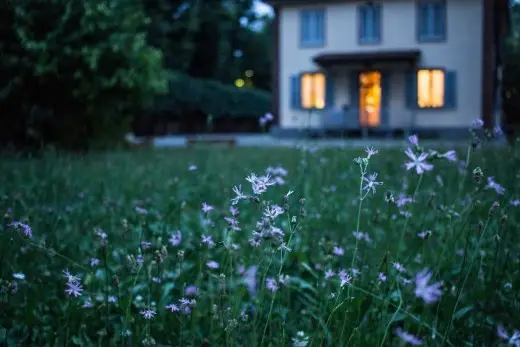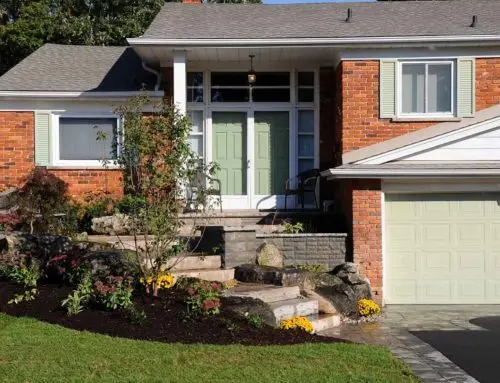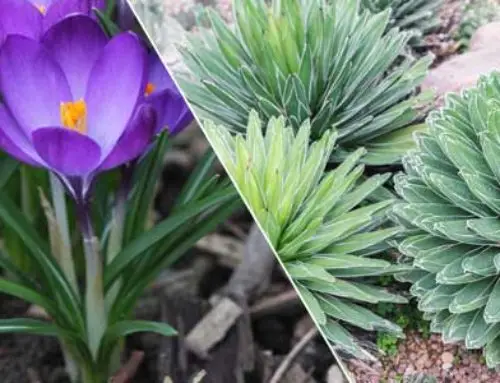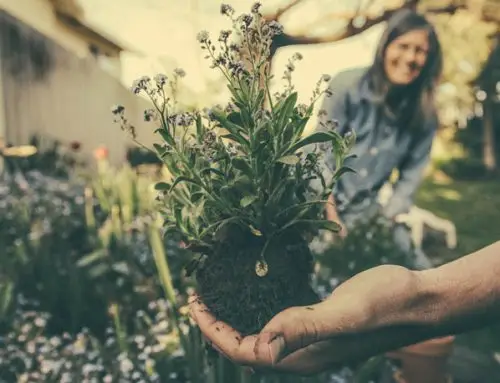Everyone loves to have a beautiful garden during the summer time, but to achieve that is an accomplishment; water is a vital component to make those blooms burst with health, vitality and colour.
Toilets, lawns and landscape watering are the biggest offenders of water consumption, but with regard to your gardens, you can give the hose a rest and dramatically reduce your water usage by designing a water-wise garden. By creating a drought resistant water-wise garden, you can grow more flowers while using less water for long-blooming, easy-care perennials.
By being a responsible gardener following the guiding principle of using less water, you have the foundation to plan a garden that will not just survive but thrive in any climate. There are literally thousands of species of plants that are ideal for use in the garden, and with the right care in your initial year; you can have a gorgeous garden with little need for water thereafter.
By following these tips, you’ll be off to a great start in creating your oasis of beauty, save on water usage, reduce your water bills and help the environment.
Add Organic Matter
Adding organic matter to your soil is important because not all soil is created equal. Since soil is essentially a collection of mineral particles, some soil is a composition of small clay particles and water will penetrate the soil much more slowly. Some other components of soil may be mostly large particles of sand that water passes through rapidly. When you add organic matter you get the benefit of improving the texture and the water-holding capacity of your soil. To learn more about improving your soil, read Building Healthy Soil.
Water to the Root System
When you add soaker hoses to your gardens, you are ensured that up to 90 percent of the water you apply will actually seep down into the plant’s root system. While hand watering and sprinklers are good methods, they only deliver 40-50 percent of water deliverability and efficiency. The benefit of drip irrigation and soaker hoses is that they minimize water loss due to evaporation. They help to keep the areas between plants dry and limit weed growth.
Add Mulch
Adding mulch as a top layer, usually 6-8 inches, will cut water needs in half. Mulch helps to block the growth of weeds and reduces water loss through evaporation. Mulch also helps to increase the humidity level in your garden; thereby reducing your need to water on a frequent basis. Some organic mulch actually retains some water in their fibers because the mulch may include shredded leaves, straw, compost, grass clippings and rotted hay.
Barrel Water
You can use free water by purchasing a barrel to collect rain water. Rain water is great for your plants because it is clear and without chlorine residue. To decide how much you can collect from your roof, use the Rainfall Harvest Calculator.
Choosing Plants
Choose your plants carefully by selecting plants that are content from natural rainfall.
This is less work for you and beneficial for the plants. Choose plant varieties that are native to your area and climate for the best results. Consult with your garden center for some guidance.
Achieving a water-wise garden is not difficult to do, provided you do a bit of research, purchase barrels for water, use soaker hoses for water retention and choose plants wisely. In doing so, you’ll have a beautiful garden with less work for you and very happy plants.
Check out some of our other Blogs to get the best gardening & landscape tips.





